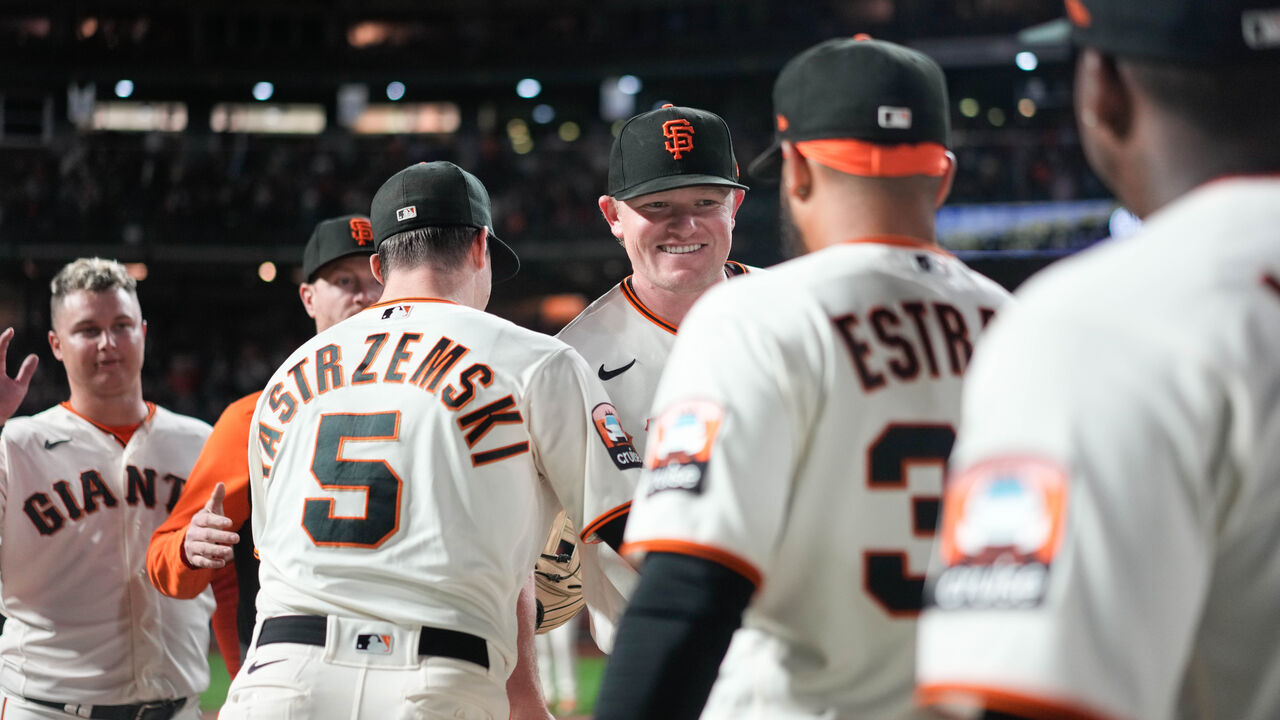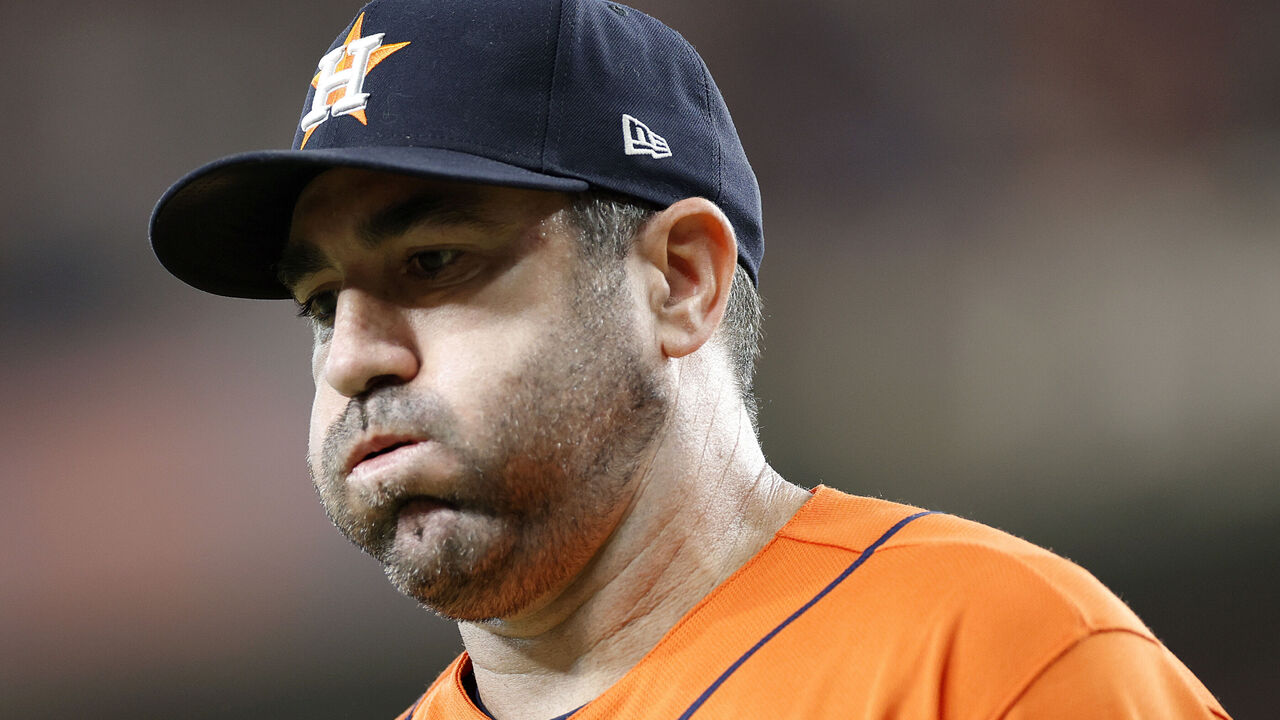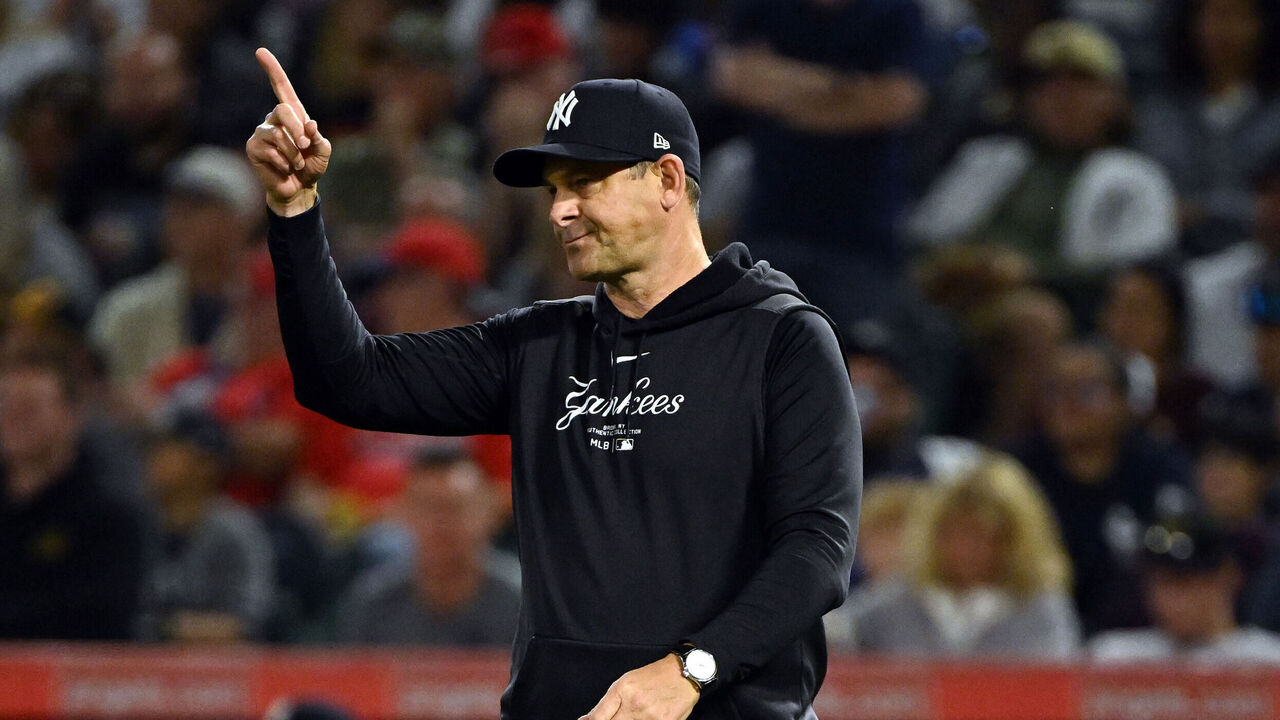How MLB can save starting pitchers before they fade away
The starting pitcher - as we know the role - is on a path to extinction.
The question is: What, if anything, should Major League Baseball do about it?
MLB pitchers are on pace for 2,014 starts of six or more innings this season, about 41% of games. Since the league expanded to 30 teams in 1998 (and leaving aside the pandemic-shortened 2020 campaign), the four lowest percentages of six-inning starts have come in the last four seasons.
Pitchers haven't reached the 50% threshold since 2017.
Although the definition of a quality start - six-plus innings pitched with three or fewer runs allowed - is often derided for being too low a bar, it now represents something of an achievement. Only 36.1% of outings have met the quality-start threshold this season. A decade ago, the rate stood at 52%.
While MLB starters are averaging a modest 5.3 innings per start, slightly better than the last two seasons, Triple-A pitchers are averaging just 4.3 innings per start this year, per ESPN.
Max-effort throwing, data-based insights, injury rates, and specialization of bullpens have placed pressure on starters. But many people in the game, from dugouts to the commissioner's office, believe the embattled starting pitcher role is important to keep in a familiar form.
Consider what former MLB pitcher and Chicago White Sox pitching coach and analyst Brian Bannister told theScore this spring:
"I'm personally a fan of the complete game and the longer outings by a starter," Bannister said. "Yes, we all know the third time through the order, most guys tend to go down in production. But it's kinda like this protagonist who's trying to battle and get through the lineup as much as possible. I enjoy that from a fan's perspective. So, seeing (Logan) Webb lead the league in innings last year, in a different style of pitching than the max-velo style that we've been employing as an industry for the last couple of years, I get a thrill out of that."
He said one of the challenges he wanted to embrace in his new job was to "find that blend between pitch quality and durability for the industry."

One league source told theScore the league wants to "incentivize" keeping starting pitchers in the game and is exploring various ways to accomplish that.
According to ESPN's Jesse Rogers, one change could be radical.
Rogers reported last week there is "some belief around the game, however, that one idea could be a panacea: requiring starting pitchers to go at least six innings every time they take the mound."
Rogers said under such a plan, a pitcher would only be removed before six complete innings if he had reached 100 pitches, allowed four or more earned runs, or was injured. (A trip to the injured list would be required to avoid a manipulation of the rule.)
A league official described the ESPN report as "speculative" rather than something in the immediate pipeline. But MLB officials are exploring incentives and rule changes to have pitchers work deeper into games.
A strict six-inning plan carries risk, perhaps too much. It would also require a mindset shift for teams, who have become much less willing to push their pitchers.
This season, pitchers have thrown 100 or more pitches in less than five innings 26 times. At that pace, this season would rank just 24th out of 35 full seasons since 1988.
The reported rule change would force more such taxing outings.

Overall, teams are on pace to allow only 708 outings of 100-plus pitches this season, which would rank as the third fewest in a full campaign since 1988. Almost 30% of the 100-pitch outings this season have come in less than six innings.
It's difficult to imagine MLB players agreeing to the kind of workload jump the rule would demand, at least overnight.
Such a plan might need to be phased in over a period of multiple seasons and perhaps experimented first in the minor leagues for several years as MLB has done with other radical rules changes.
Even then, the toothpaste might be out of the tube with regard to getting max-effort pitchers to alter their manner of throwing.
After all, strikeouts are what teams most prize in today's game. And strikeouts generally demand fastball velocity and a nasty breaking ball or two.
It's easier to train velocity with today's player development regimens. It's more difficult to improve command. That makes it even more difficult to incentivize doing something other than chase strikeouts.
MLB should focus on incentives that mandate less stress. One compelling idea is something MLB is already experimenting with in partnership with the independent Atlantic League: the double-hook.
Originally, the rule tied the designated hitter to the starting pitcher throughout the game. As long as the starter was in the contest, the team could enjoy the services of a DH. The rule has since been modified to require the starting pitcher to reach five innings for a DH to remain in the game.

This is preferable to a six-inning rule for pitchers for a few reasons.
It is less taxing. It's an inning shorter, and there's a single, moderate penalty for missing the mark, which seems less likely to force managers to ask pitchers to go beyond their physical limit. It also eliminates the opener strategy.
And it adds some of the old-time charm back into the game with managers having to strategize around letting their pitchers hit late in games when they lose the DH.
While traditionally slow to evolve, MLB has shown a willingness in recent years to make dramatic rule changes. From the pitch clock and shift ban to the minimum number of batters faced by relievers, the league is experimenting with ways to address fans' concerns and grow the game. Perhaps it will eventually implement something radical to preserve a key feature of the game: the game's protagonist, the starting pitcher.
Travis Sawchik is theScore's senior baseball writer.